
下载亿题库APP
联系电话:400-660-1360

下载亿题库APP
联系电话:400-660-1360

请谨慎保管和记忆你的密码,以免泄露和丢失

请谨慎保管和记忆你的密码,以免泄露和丢失

关于在职研究生入学考试中的《英语》考试。帮考网为大家准备了2020年考研英语阅读模拟题及答案,帮考网会一步一步陪你备考,你每一次练习的成功,都会淋漓尽致的反映在分数上。一起加油前行。
Rewards and punishments are used in different ways by different communities to maintain social order and preserve cultural values.In all cultures,parents must teach their children to avoid danger and to observe the community‘s moral precepts.Adults also condition each other’s observance of social norms,using methods ranging form mild forms of censure,such as looking away when someone makes an inappropriate remark,to imprisoning or executing individuals for behavior considered deviant or dangerous.The caning of American teenager Michael Fay in Singapore for vandalism in 1994 brought wide media attention to cultural differences in the application of punishment.Faced with increasing violence at home,many Americans endorsed Singapore‘s use of corporal punishment to maintain social order.Was Fay’s punishment effective? Whether he subsequently avoids vandalism is unknown,but the punishment did apparently lead to his avoidance of Singapore—which he left promptly.
The operant techniques societies use to maintain social control vary in part with the dangers and threats that confront them.The Gusii of Kenya,with a history of tribal warfare,face threats not only from outsiders but also from natural forces,including wild animals.Gusii parents tend to rely more on punishment and fear than on rewards in conditioning appropriate social behavior in their children.Caning,food deprivation,and withdrawing shelter and protection are common forms of punishment.
In contrast,the Mixtecans of Juxtlahuaca,Mexico,are a highly cohesive community,with little internal conflict,and social norms that encourage cooperation.Their social patterns appear adaptive,for the Mixtecans are dominated by the nearby Spanish Mexicans,who control the official government and many economic resources in their region.The Mixtecans do not generally impose fines or jail sentences or use physical punishment to deter aggression in either adults or children.Rather,they tend to rely on soothing persuasion.Social ostracism is the most feared punishment,and social ties within the community are very strong,so responses that reinforce these ties are effective in maintaining social order.
In the United States,fear of social ostracism or stigma was once a more powerful force in maintaining control over antisocial behavior,especially in small communities.Today,even imprisonment does not appear to be an adequate deterrent to many forms of crime,especially violent crime.Although one reason is the inconsistent application of punishment,another may be the fact that imprisonment no longer carries the intense stigma it once had,so that prison is no longer as an effective punishment.
1.The best title of this passage would be____.
[A] Crime and Punishment
[B] Reward and Punishment
[C] Social Order
2.According to the passage,what is a universal cultural norm in maintaining social order?
[A] Children must be obedient to their parents.
[B] People must publicly complain when someone misbehaves.
[C] People should do their parts to ensure that others comply with social rules.
[D] People should publicly humiliate the wrongdoers.
3.What can be inferred from the Michael Fay case?
[A] Many Americans were opposed to the corporal punishment that Michael Fay received in Singapore.
[B] The American media did not pay any attention to cultural differences until 1994.
[C] The caning was effective because Michael Fay subsequently refrained from vandalism.
[D] Michael Fay left Singapore immediately after the caning punishment.
4.What would a Gusii mother from Kenya most likely do to punish her children?
[A] To stop giving them pocket money.
[B] To persuade them in a gentle way.
[C] To verbally humiliate them.
[D] To threaten to expel them from the home.
5.The word“stigma”(in fourth paragraph)most probably means____.
[A] irony
[B] verbal
[C] persuasion
[D] bad reputation
答案解析
1.B 主旨题。文章第一段的主题句提供了解题的线索:为了维持社会秩序以及保持文化价值,不同的社会采用不同的方式进行奖惩。且下文中作者所举的例子都是围绕这一主题进行的。由此可知,文章的中心为“不同的文化中有不同的奖励和惩罚措施”,故选B.
2.C 推断题。由题干关键词maintaining social order定位文章第一段,该段提到:在所有的文化中,父母必须教会孩子躲避危险并遵守社会的道德准则。此外,成人之间也用不同的方式相 互监督彼此是否遵守社会准则。由此推知C正确。
3.D 推断题。由题干关键词Michael Fay定位文章第一段。原文提到,1994年美国少年迈克尔。费伊由于故意破坏公共财产而在新加坡遭到鞭刑的案例引起了人们的广泛关注,许多美国人对新加坡实行体罚来维持社会秩序的做法是认可的,由此可排除A;B说美国媒体直到1994年才开始广泛关注文化差异,在文中并没有依据,排除;原文说之后他是否不再故意破坏公共财产,我们不得而知,可排除C;只有D正确,即费伊很快离开了新加坡。
4.D 细节题。由题干关键词Gusii和Kenya定位文章第二段的Gusii parents tend to rely more 0n punishment…withdrawing shelter,该部分提到:古西人的父母愿意更多地依赖惩罚及恐吓而不是奖赏来调节他们子女的社会行为。鞭打、禁食、逐出家门都是惩罚的常见形式。结合选项可知D最符合题意。
5.D 语义题。由题干关键词stigma定位文章最后一段,该段讲的是美国社会的奖惩制度。作者说在美国,特别是一些小社区中,对社会排挤或是——的恐惧曾经能很好地控制反社会行为。而现在监禁都不再是一种有效的措施了。由此推断,stigma的意思应该与ostracism(排斥)相 似,比imprisomem(监禁)的含义在程度上要轻,结合选项可推知,stigma应是“坏名声、侮辱”的意思,故选D.
以上就是本次帮考网和大家分享的全部内容了,希望小伙伴们能够继续努力,相信最后一定会取得好成绩的。关注帮考网,还有更多有关考试练习在等着你哦!
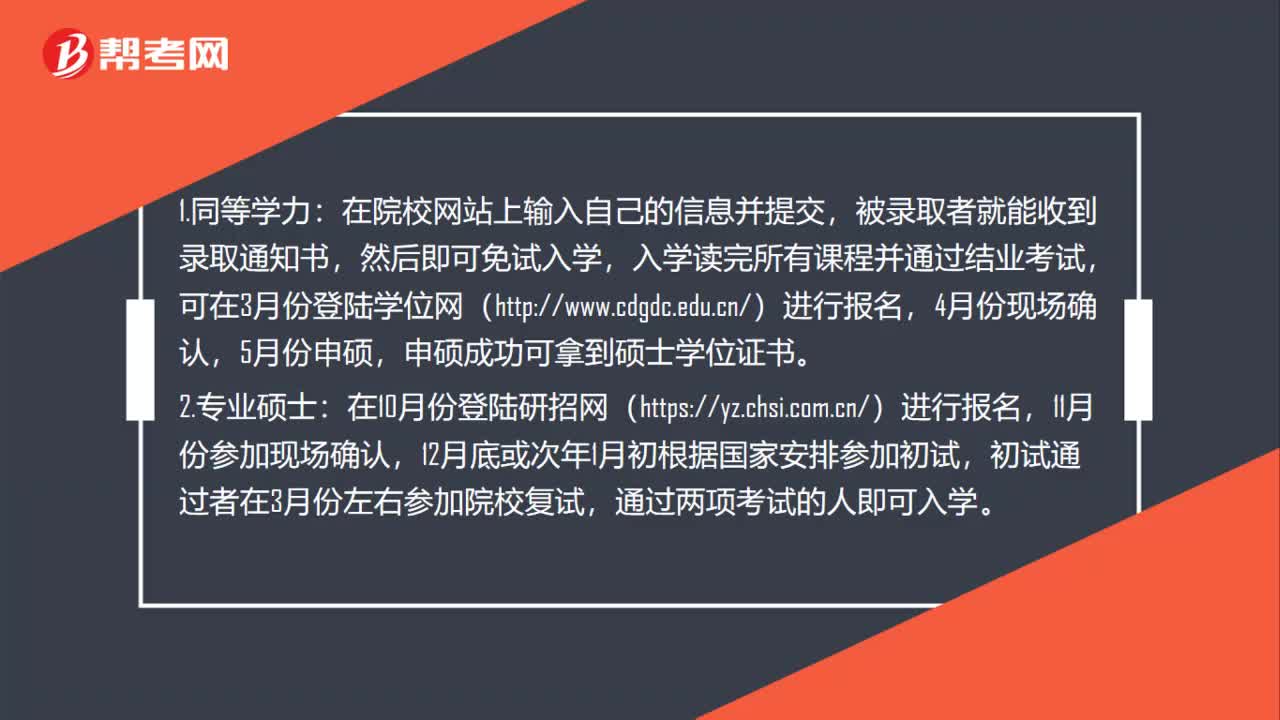 96
96怎么报考在职研究生?:怎么报考在职研究生?在院校网站上输入自己的信息并提交,被录取者就能收到录取通知书,然后即可免试入学,入学读完所有课程并通过结业考试,可在3月份登陆学位网(http:申硕成功可拿到硕士学位证书。初试通过者在3月份左右参加院校复试,通过两项考试的人即可入学。被审核通过者可在收到录取通知书后直接免试入学。在院校招生时间内登录院校网站进行报名,然后等到院校的入学考试通知。
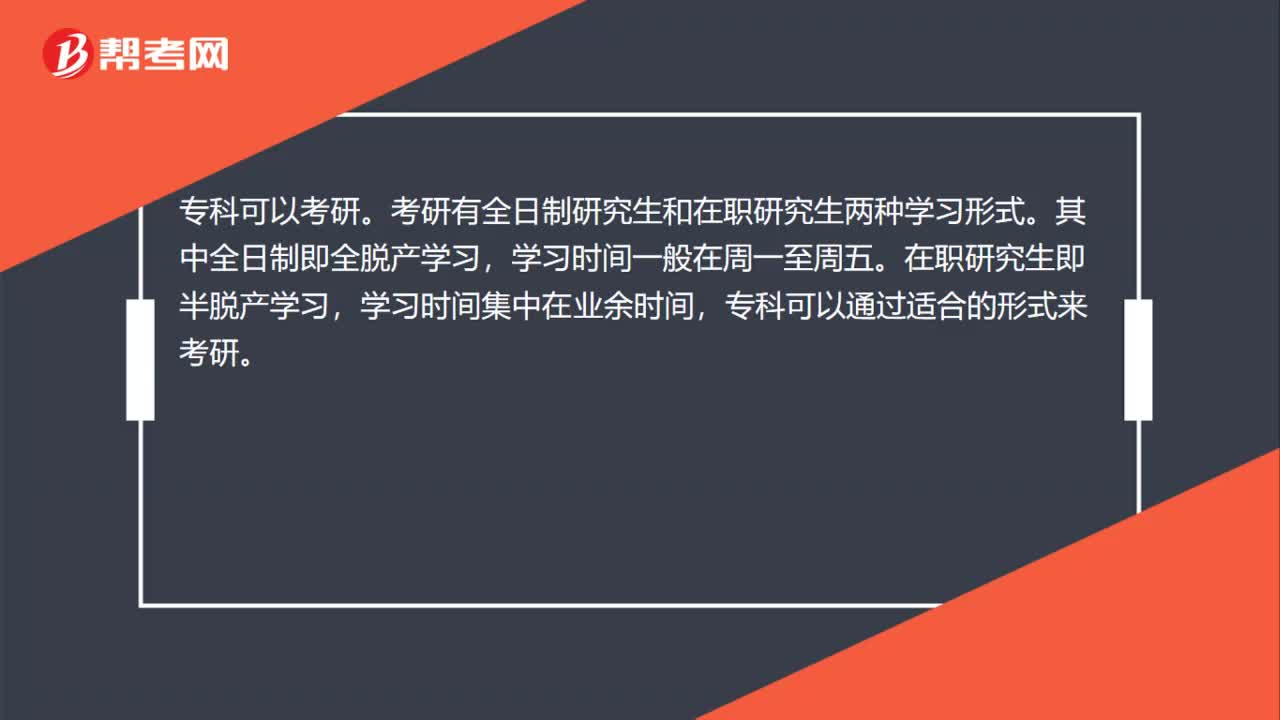 27
27专科可以考研吗?:专科可以考研。考研有全日制研究生和在职研究生两种学习形式。其中全日制即全脱产学习,学习时间一般在周一至周五。在职研究生即半脱产学习,学习时间集中在业余时间,专科可以通过适合的形式来考研。
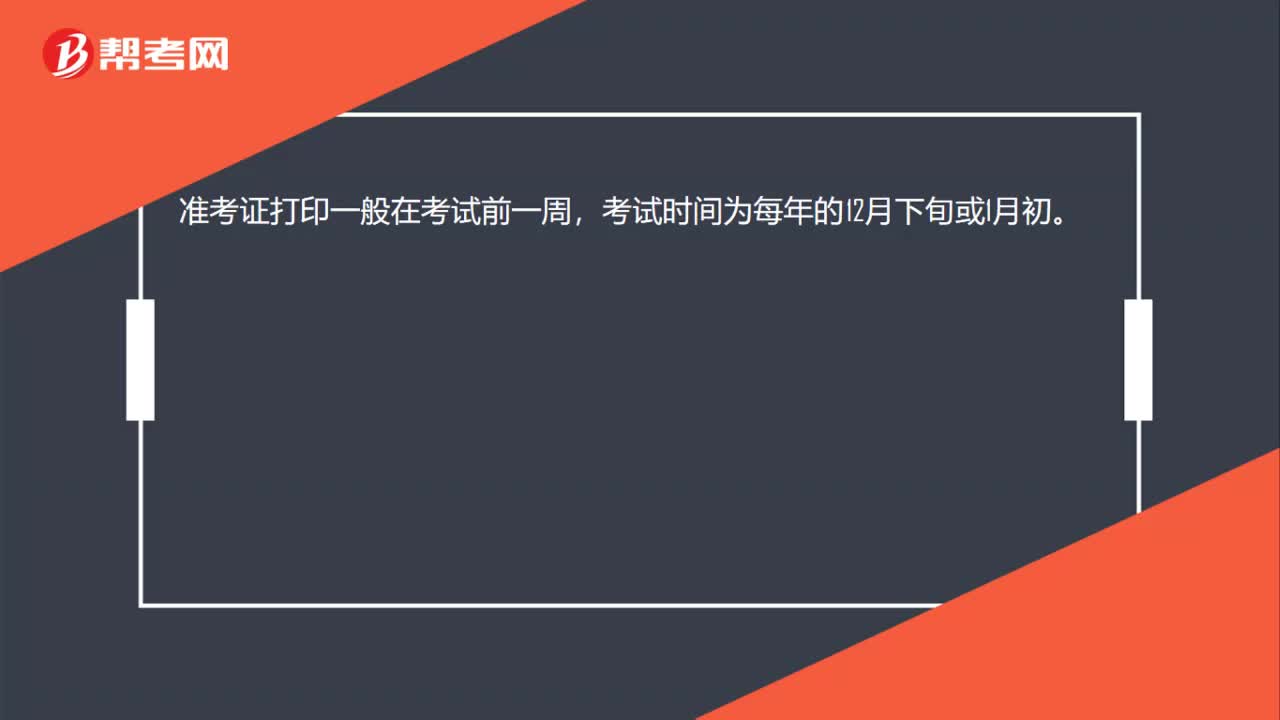 12
12在职研究生准考证什么时候打印?:在职研究生准考证什么时候打印?准考证打印一般在考试前一周,考试时间为每年的12月下旬或1月初。
 01:36
01:362020-06-12
 00:27
00:272020-06-12
 00:12
00:122020-06-12
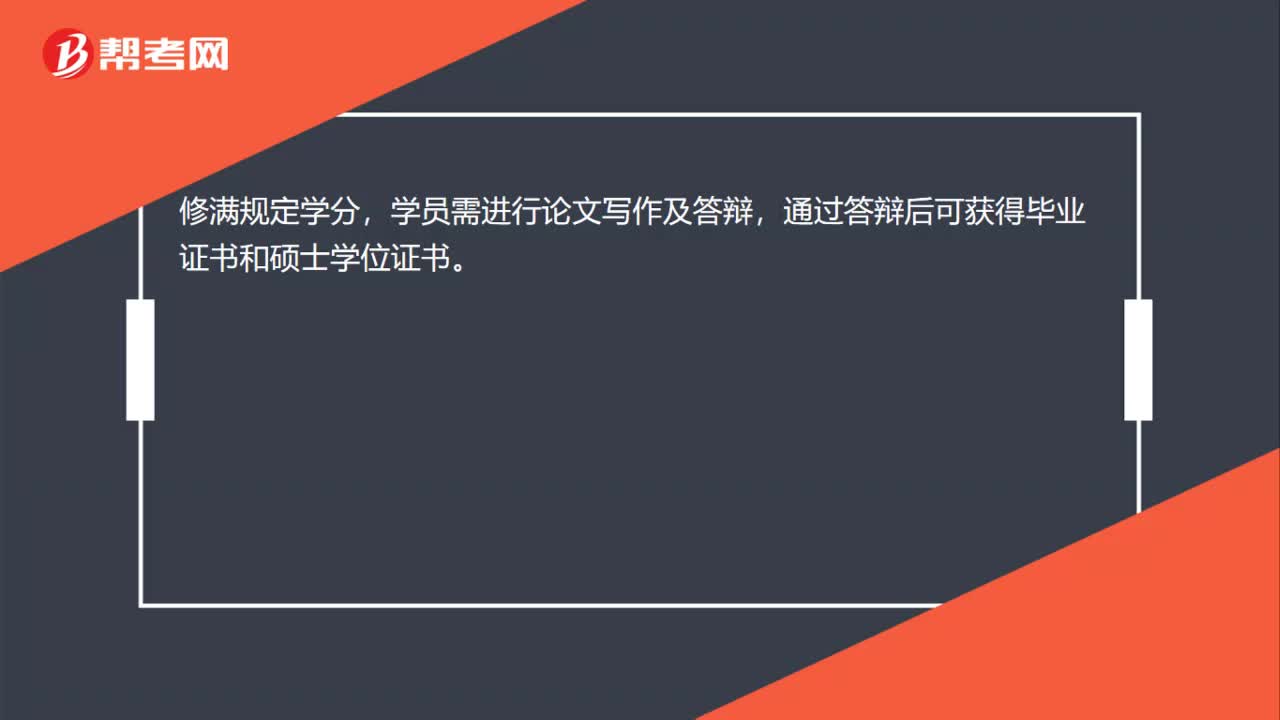 00:15
00:152020-06-12
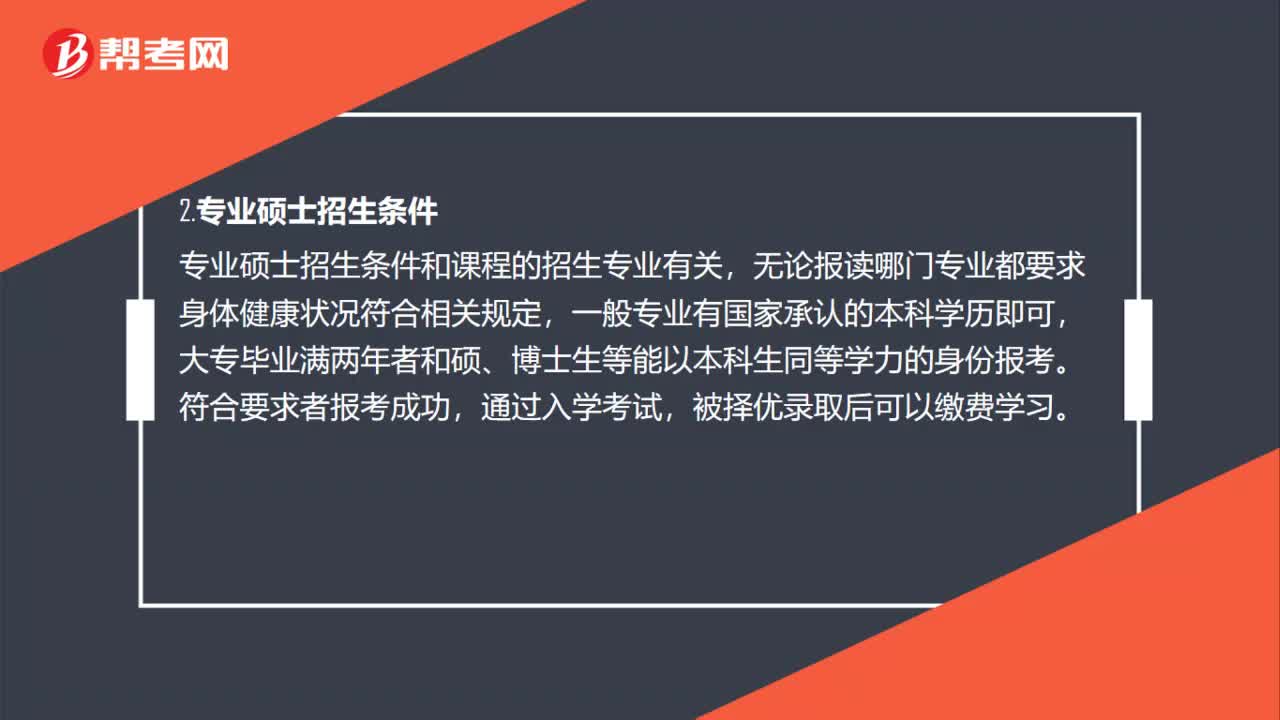 01:32
01:322020-06-12

微信扫码关注公众号
获取更多考试热门资料